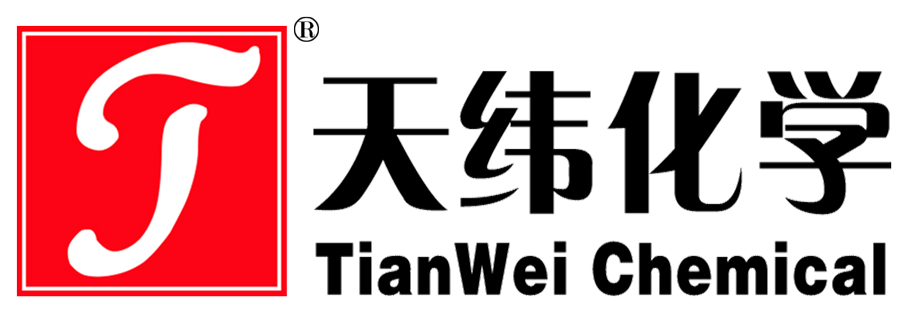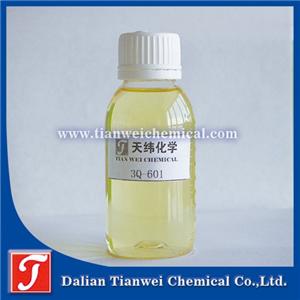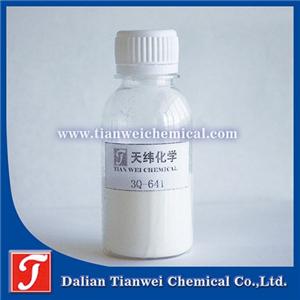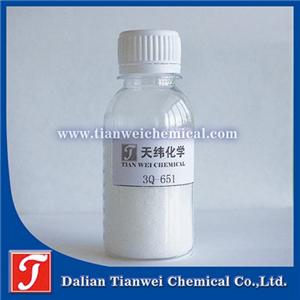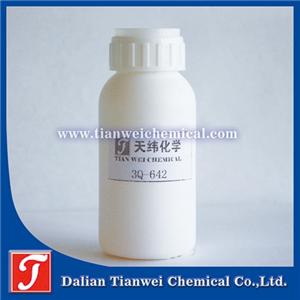Ensuring product safety and efficacy: Research and innovation of bactericides and preservatives
In modern life, whether it is food, cosmetics, medicines or even some industrial products, during their production, storage and transportation, they all face an issue that cannot be ignored - microbial contamination and infection. Microorganisms are a broad category of terms, mainly including bacteria, fungi, and yeasts, etc. Their presence may lead to product spoilage and deterioration, affect the safety and effectiveness of products, and even pose a threat to human health. Therefore, how to effectively control and eliminate these microorganisms and protect products from infection has become a key issue. And preservatives and bactericides are important means to solve this problem and protect products.
The use of bactericides and preservatives is particularly important in all industries, as the benefits of using them are obvious. Firstly, it can extend the shelf life of the product and reduce product loss caused by microbial contamination. Secondly, it can protect consumers from the threat of potential harmful microorganisms and enhance the safety of products. In addition, preservatives and bactericides can also reduce the reliance on refrigeration or other expensive preservation methods, thereby lowering logistics costs.
Preservatives and bactericides are a class of chemical substances used to inhibit or kill microorganisms. They play a significant role in protecting product safety and extending the shelf life of products. Preservatives and bactericides can effectively kill and inhibit a wide range of microorganisms, including bacteria, molds and algae, etc. This means that they can deal with a variety of microorganisms that may contaminate the products.
Preservatives and bactericides are a class of chemical substances that can inhibit or kill microorganisms. They are widely used in the formulas of various products to ensure the quality and safety of the products. These chemical substances can be classified into various types, including organic acids, aldehydes, phenols, alcohols, quaternary ammonium salts, etc. Their mechanisms of action are different, but their common goal is to destroy the cellular structure of microorganisms or interfere with their life activities, thereby achieving a preservative effect.
